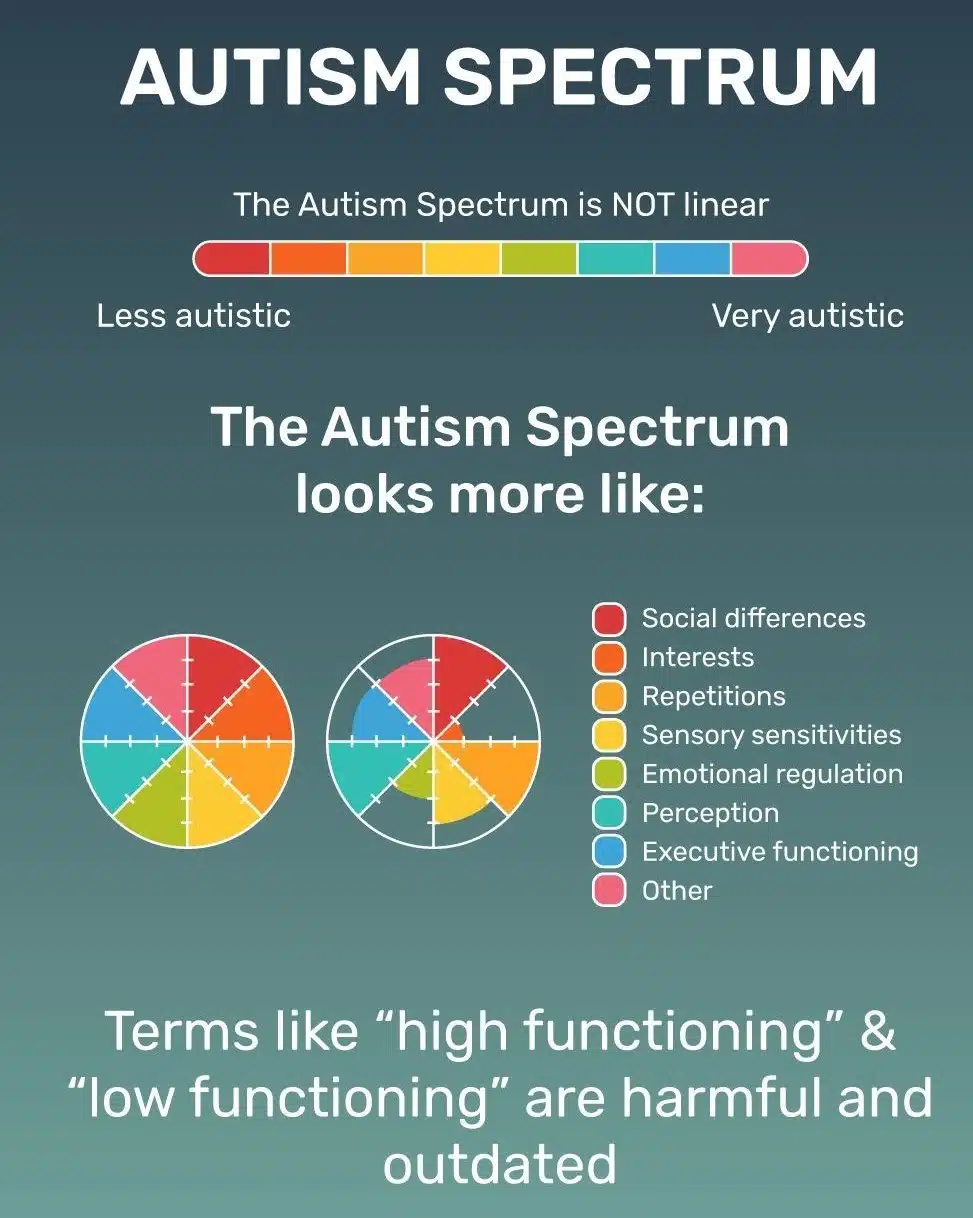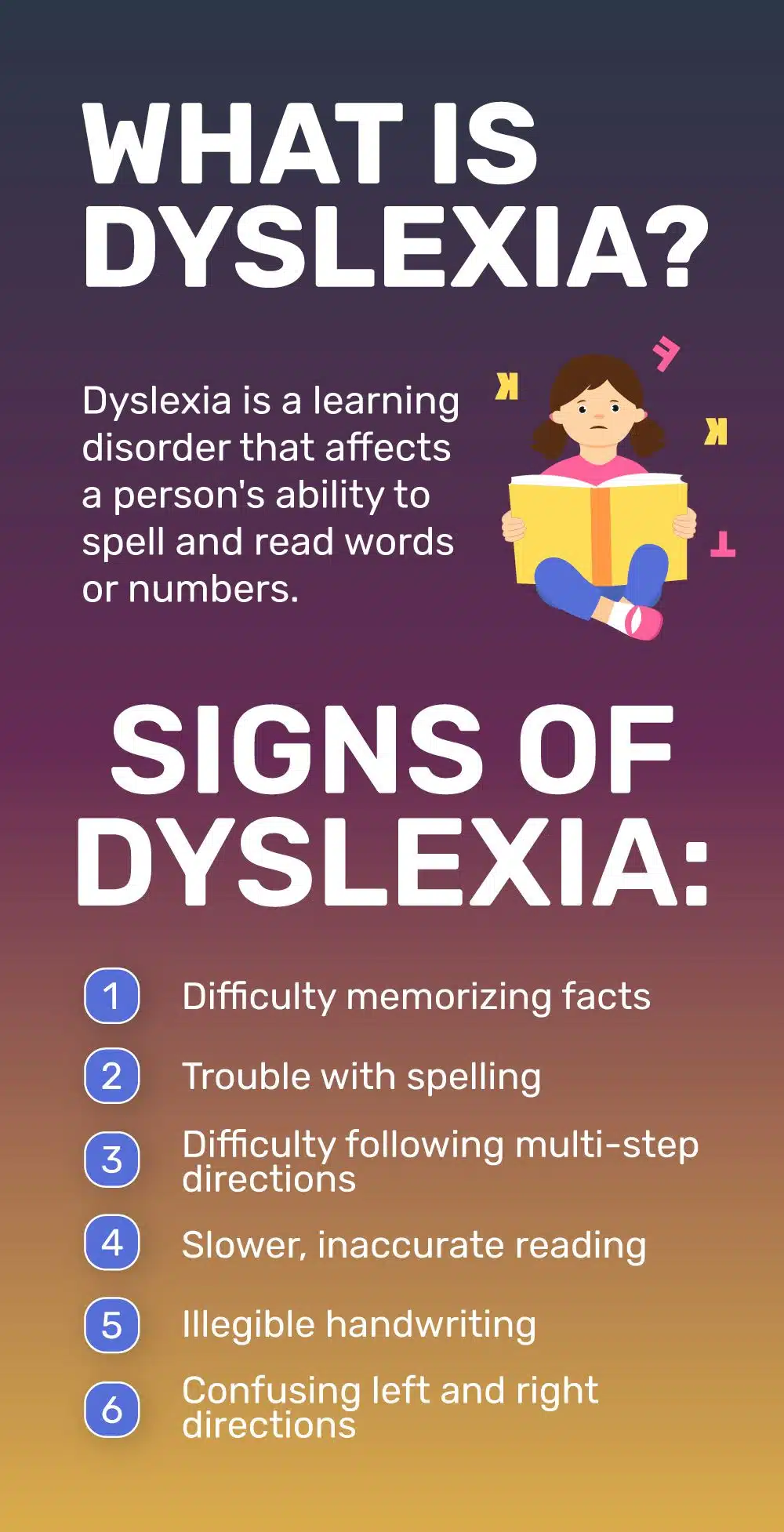Meet Susie, a bright and curious girl diagnosed with dyslexia. Allele similarity can help Susie’s family understand her condition better:
- Discovering genetic links: Susie’s mom and cousin also have dyslexia. Researchers study their genes to find allele similarity.
- Understanding Susie’s needs: Knowing the genetic connection helps Susie’s family understand why she might face certain challenges.
- Customizing support: Susie’s teachers and therapists use this knowledge to create a tailored learning plan for her.
- Monitoring progress: Considering the genetic factor, Susie’s family and specialists monitor her development.
- Sharing knowledge: Susie’s family joins a support group for parents with kids who have dyslexia, sharing their experiences and learning from others.
In this case, allele similarity is key in understanding Susie’s dyslexia and finding the right support for her. By exploring genetic connections, Susie’s family and specialists can work together to ensure her success and happiness.
In conclusion, understanding allele similarity can empower parents and specialists to better support kids with special needs. Our product, Goally, complements this knowledge by offering a fun, engaging tablet that helps kids build life and language skills through digital visual schedules, AAC, and gamified learning.














